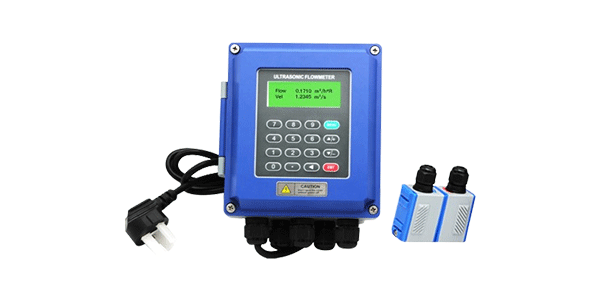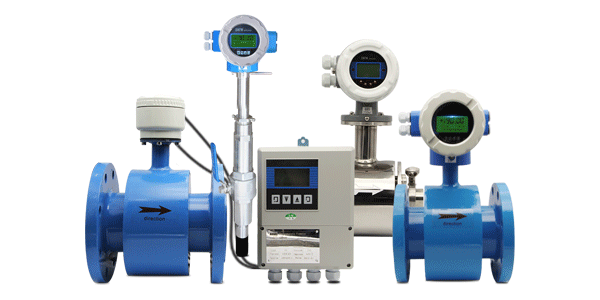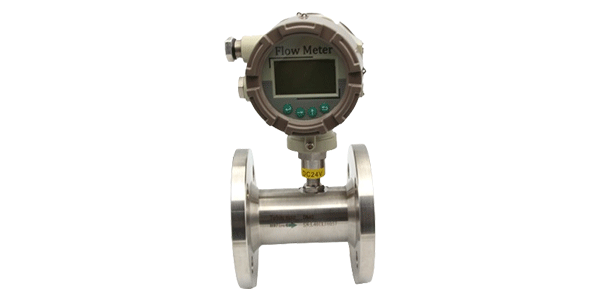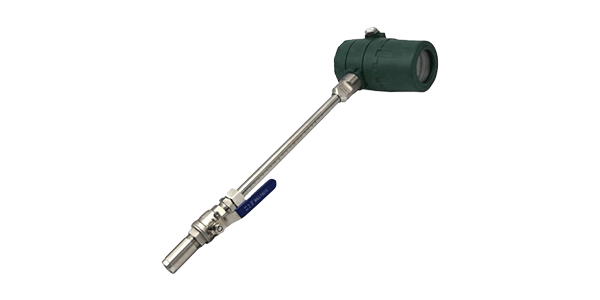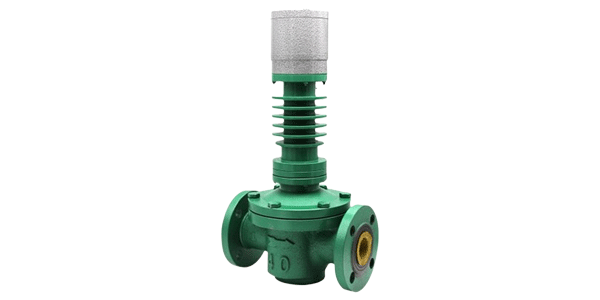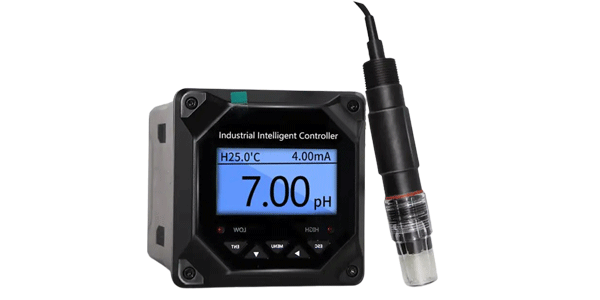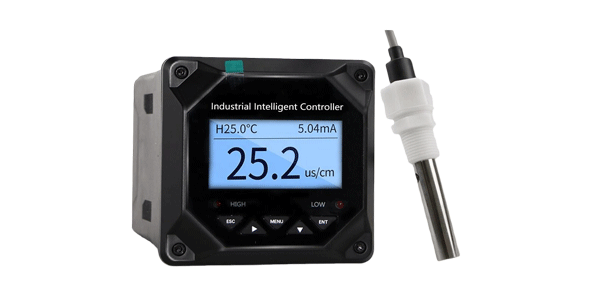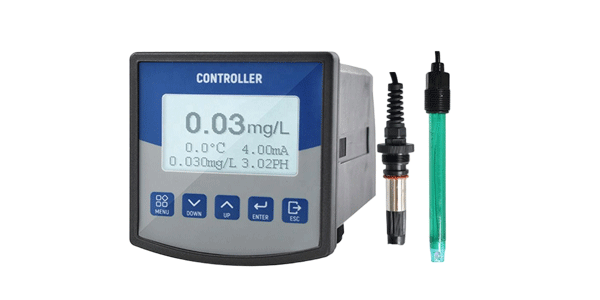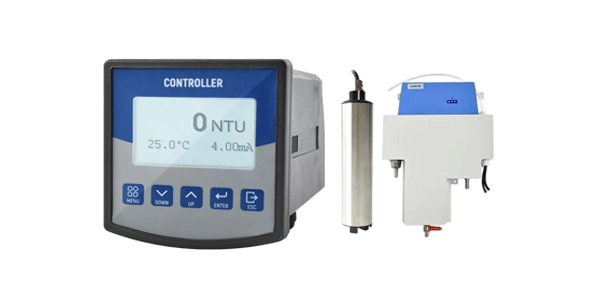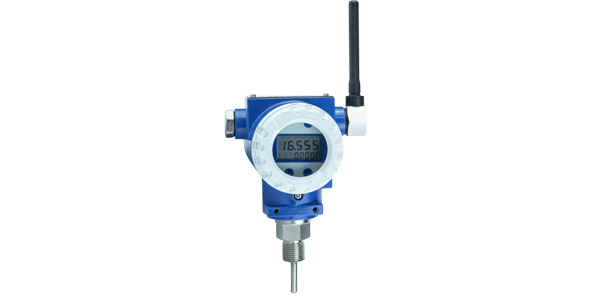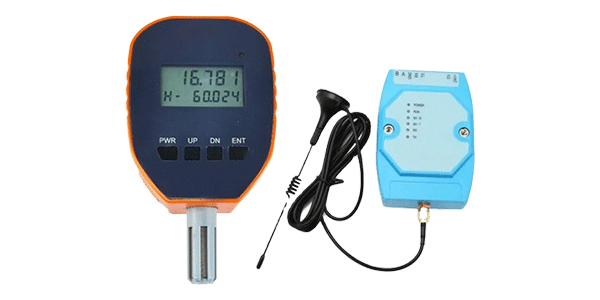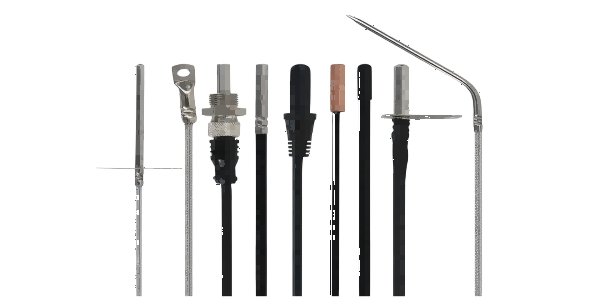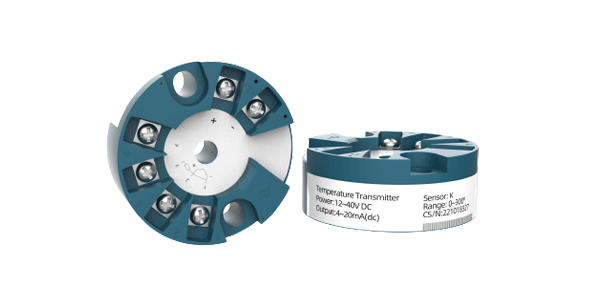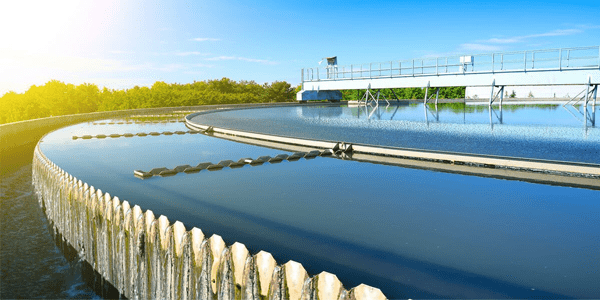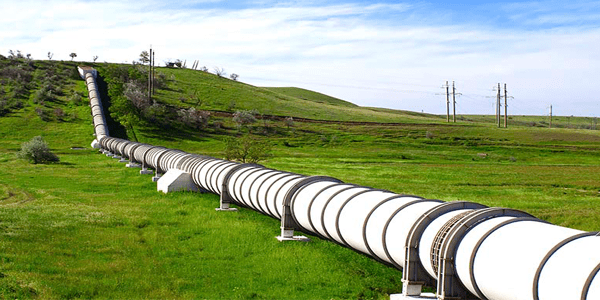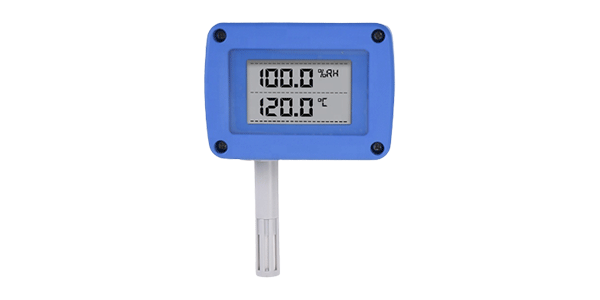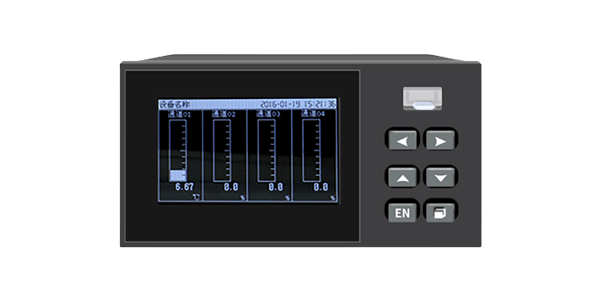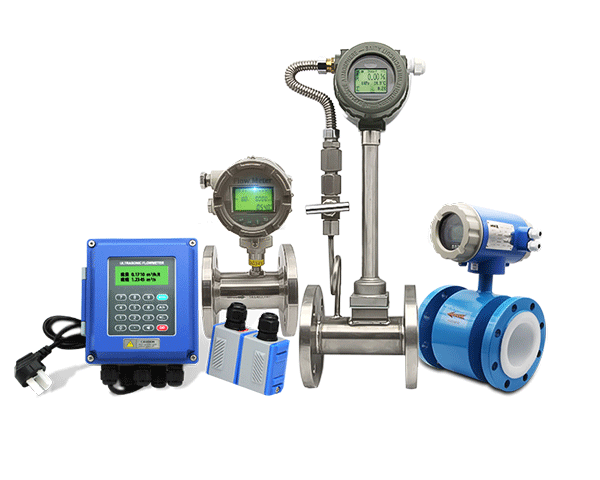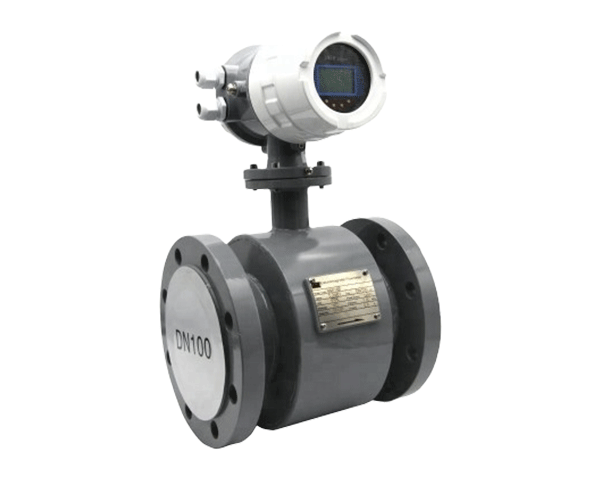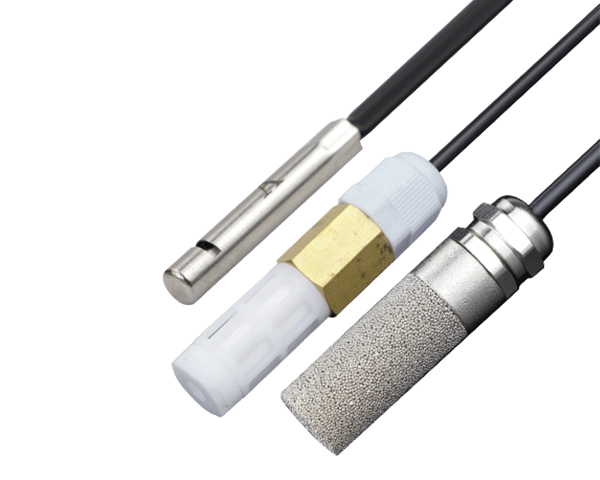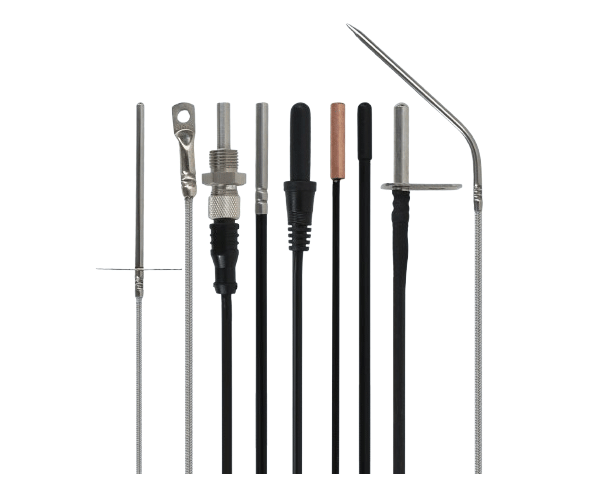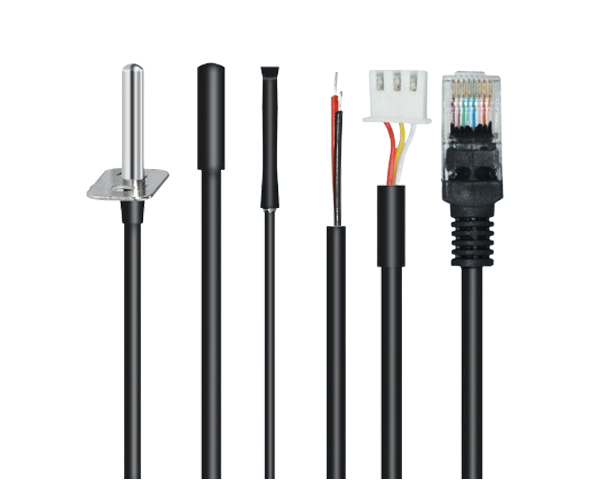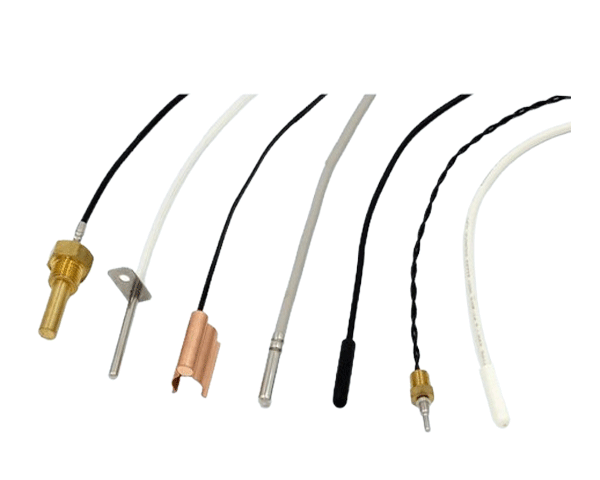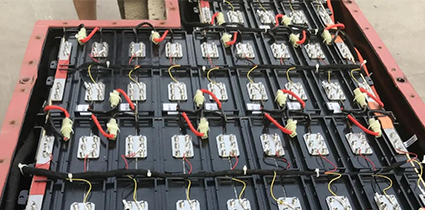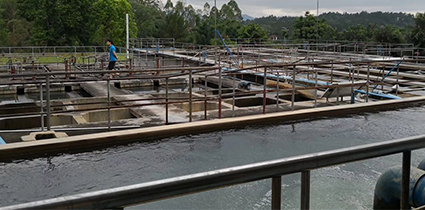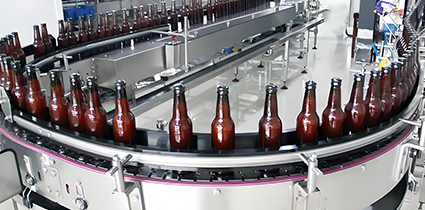Master Your Aquarium: The Complete Guide to Fish Tank Temperature Monitoring
Are you concerned about maintaining the perfect environment for your aquatic pets? Temperature control is crucial for fish health and vitality. In this guide, you'll discover how professional temperature monitoring systems work, learn the optimal temperature ranges for different fish species, and understand the technology that ensures a stable, healthy habitat for your aquarium inhabitants.
Why Temperature Control is Vital for Aquarium Health?
Temperature management in aquariums goes beyond simple heating—it's about creating a stable, species-appropriate environment that promotes fish health, reduces stress, and prevents disease.
Water temperature is one of the most critical factors for fish survival, with different species having specific temperature requirements that mimic their natural habitats. Temperatures that are too high or too low can cause stress, suppress immune systems, and even prove fatal. By continuously monitoring aquarium water temperature, you can make timely adjustments to maintain optimal conditions, providing a stable environment that promotes healthy growth, vibrant colors, and natural behavior in your aquatic pets.

Professional Aquarium Temperature Monitoring Solutions
GAIMC specializes in aquarium-specific temperature sensors designed for the unique demands of aquatic environments. Our solutions provide more than just accurate readings—they offer complete environmental control.
Our dedicated aquarium temperature sensors deliver exceptional measurement accuracy while continuously monitoring water temperature without manual intervention. The system converts temperature data into real-time analog signals transmitted directly to heating and cooling systems, enabling automatic adjustment of water temperature. This automated precision ensures consistent environmental conditions, preventing sudden temperature fluctuations that can stress fish and compromise their health, while providing you with peace of mind about your aquarium's stability.
Advanced Features of Aquarium Temperature Sensors
IP68 Waterproof Injection-Molded Probe
Our sensors feature seamless injection-molded construction with IP68 waterproof rating, ensuring reliable long-term operation completely submerged in water. The durable, watertight design prevents leakage and corrosion in constant aquatic environments.
High-Precision NTC Thermistor Technology
Utilizing advanced NTC thermistor chips, our sensors deliver exceptional accuracy with excellent sensitivity and rapid response times. This technology quickly detects subtle water temperature changes, allowing for immediate system adjustments to maintain optimal conditions.
Compact, Non-Intrusive Design
Featuring a minimal footprint, our compact probes occupy minimal space without disrupting aquarium aesthetics or interfering with fish movement. The discreet design ensures natural swimming behavior while providing continuous monitoring.
Convenient Suction Cup Installation
Our sensors include reliable suction cup mounting systems for quick, secure installation without tools or complicated procedures. The easy placement allows for optimal positioning in various tank locations and configurations.
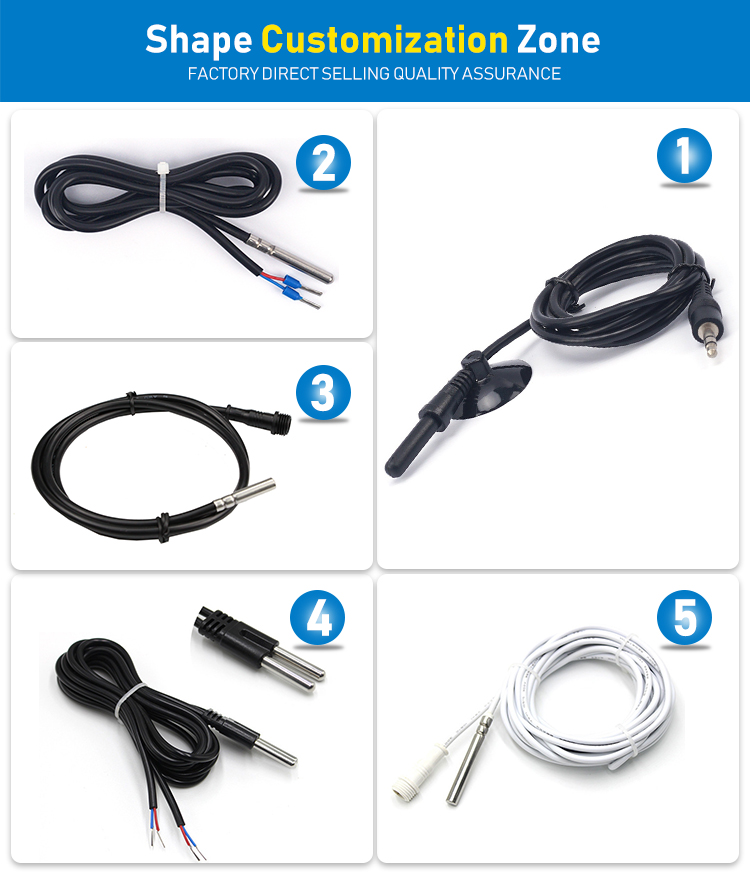
Frequently Asked Questions (FAQ)
What is the ideal temperature range for tropical fish?
Most tropical freshwater fish thrive between 75-80°F (24-27°C), while specific species may require slightly warmer or cooler conditions. Marine tropical fish typically prefer 76-82°F (24-28°C). Always research your specific fish species' requirements.
How often should I calibrate my aquarium temperature sensor?
We recommend verification every 6 months for home aquariums and every 3 months for professional or breeding setups. Signs of needed calibration include inconsistent heater performance, fish stress behaviors, or temperature readings that don't match separate thermometer checks.
Can temperature fluctuations harm my fish?
Absolutely. Sudden temperature changes of more than 2-3°F (1-2°C) within an hour can cause significant stress, leading to weakened immune systems, increased disease susceptibility, and in severe cases, temperature shock that can be fatal.
How deep should I place the temperature sensor in my aquarium?
Position the sensor in an area with good water circulation, typically midway in the water column and away from direct heater output or cooling sources. Avoid corners where water may stagnate, as this won't represent the tank's true average temperature.
What's the difference between aquarium sensors and regular temperature probes?
Aquarium sensors feature complete waterproofing (IP68 rating), corrosion-resistant materials safe for aquatic life, and designs that prevent harm to fish. Regular probes may not withstand constant submersion or could leach harmful materials into the water.
How long do aquarium temperature sensors typically last?
High-quality aquarium sensors generally provide reliable service for 3-5 years with proper maintenance. lifespan can be affected by water chemistry, cleaning practices, and overall aquarium maintenance routines.
Ready to Perfect Your Aquarium Environment?
Get professional temperature monitoring solutions for healthy, thriving aquatic life.
HOT keyword:
